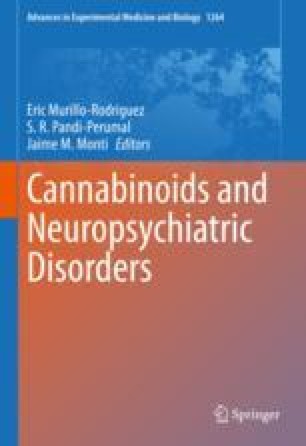 “The Cannabis sativa plant has been used medicinally and recreationally for thousands of years, but recently only relatively some of its constituents have been identified.
“The Cannabis sativa plant has been used medicinally and recreationally for thousands of years, but recently only relatively some of its constituents have been identified.
There are more than 550 chemical compounds in cannabis, with more than 100 phytocannabinoids being identified, including Δ9-tetrahydrocannabinol (THC) and cannabidiol (CBD).
These phytocannabinoids work by binding to the cannabinoid receptors, as well as other receptor systems. Also within cannabis are the aromatic terpenes, more than 100 of which have been identified.
Cannabis and its constituents have been indicated as therapeutic compounds in numerous medical conditions, such as pain, anxiety, epilepsy, nausea and vomiting, and post-traumatic stress disorder.
This chapter provides an overview of some of the biological effects of a number of the cannabinoids and terpenes, as well as discussing their known mechanisms of action and evidence of potential therapeutic effects.”
https://link.springer.com/chapter/10.1007%2F978-3-030-57369-0_1

 “Objective:
“Objective:  “Δ9-Tetrahydrocannabivarin (THCV) is a cannabis-derived compound with unique properties that set it apart from the more common cannabinoids, such as Δ9-tetrahydrocannabinol (THC). The main advantage of THCV over THC is the lack of psychoactive effects.
“Δ9-Tetrahydrocannabivarin (THCV) is a cannabis-derived compound with unique properties that set it apart from the more common cannabinoids, such as Δ9-tetrahydrocannabinol (THC). The main advantage of THCV over THC is the lack of psychoactive effects.  “Introduction:
“Introduction: “Background and purpose:
“Background and purpose:  “α-Pinene represents a member of the monoterpene class and is highly distributed in higher plants like conifers, Juniper ssp. and Cannabis ssp.
“α-Pinene represents a member of the monoterpene class and is highly distributed in higher plants like conifers, Juniper ssp. and Cannabis ssp. 
 “Introduction:
“Introduction: